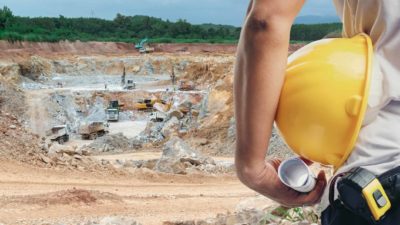Rio Tinto Ltd (ASX: RIO) shares are up 1.12% in lunchtime trade, going for $124.32 apiece.
That intraday lift sees shares in the S&P/ASX 200 Index (ASX: XJO) miner up 7% so far in 2023.
Atop the potential for share price gains, Rio Tinto also pays a fully franked trailing dividend yield of 7.7%.
Of course, there are no guarantees that Rio Tinto will deliver that same kind of passive income in the year ahead. Nor that its share price will keep marching higher.
So what's an ASX 200 investor to do?
Buy, hold or fold?
In the fold camp, we have Argonaut analyst Harrison Massey (courtesy of The Bull).
Among his concerns, Massey cites the massive 39% leap in the Rio Tinto share price over the past three months of trading.
"The share price of this global miner has risen from $90.49 on November 1, 2022 to trade at $125.57 on February 2, 2023," he said.
The miner's performance is also highly dependent on the price of iron ore and copper. Both industrial metals have seen big price lifts since early November. But demand could slide should global recession fears come to fruition.
"Despite the company typically paying attractive dividends, it may be prudent for investors to consider taking a profit around these levels," Massey said. "Ongoing concerns about a global economic slowdown may impact iron ore spot prices in the medium term."
But not everyone believes Rio Tinto shares are ones to fold in February.
Included in that buy camp are the analysts at Goldman Sachs.
Following on from the ASX 200 miner's quarterly update in January, the broker retained its buy rating and increased its price target for Rio Tinto to $134.40 per share. That's some 8% above the current share price.
Among reasons to be bullish on the stock, Goldman's analysts cited the miner's record iron ore production and its guidance for a 15% increase in mined copper production for the full year.
How have Rio Tinto shares performed longer-term?
As you can see in the chart below, thanks to the strong performance since early November, Rio Tinto shares are up 8% over the past 12 months.
Investors who bought shares five years ago will be sitting on gains of 62%.
And those figures don't include dividends.








